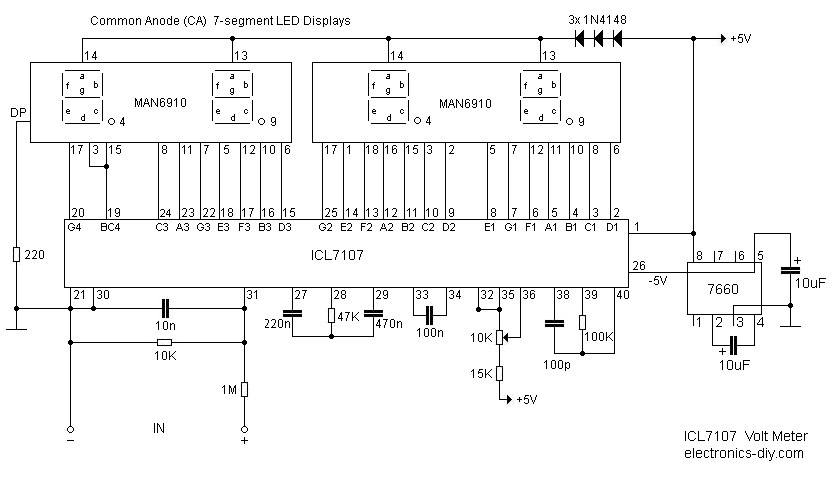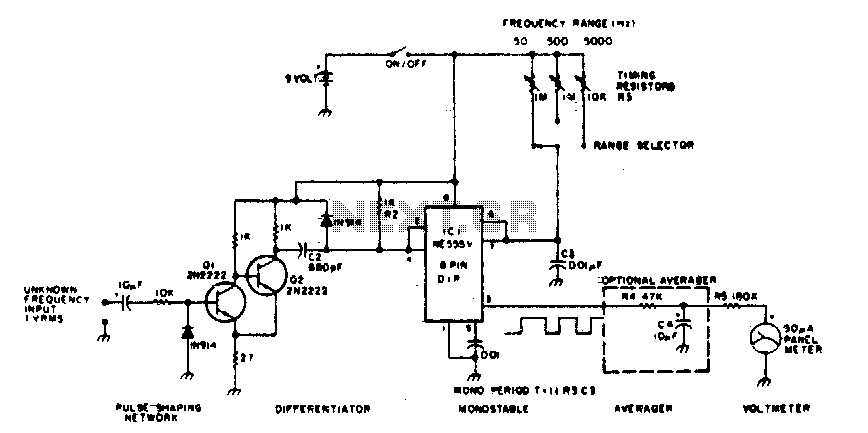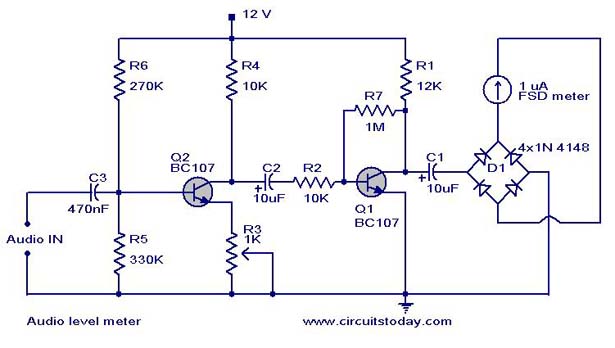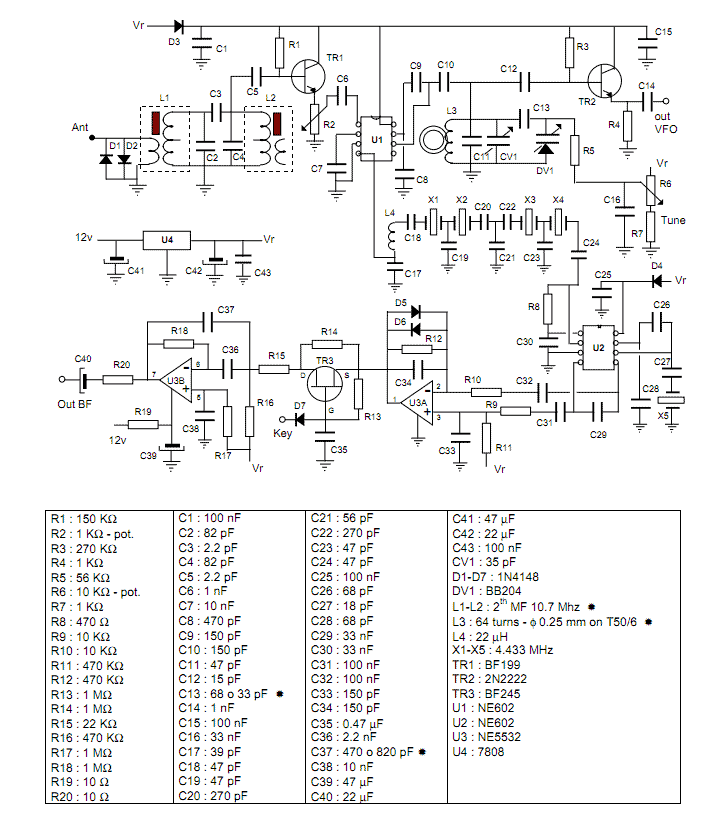
STRESS METER

It consisted of 16 LEDs in a circle with two touch pads. By placing your fingers on the touch pads, the circuit started and ran the LEDs in a "chaser" pattern around the display, with a beep each time a LED was illuminated. The circuit gradually slowed down to a random LED and the display showed "how stressed you were." What a wonderful idea for the 18 LED Display-1. The program for this game is complete and ready to run, but it can be improved and more features can be added. This is the purpose of this article. After you see how the sub-routines are put together, you are invited to add more ideas of your own.
The described circuit features a circular arrangement of 16 Light Emitting Diodes (LEDs) that are controlled to create a visual chaser effect. The LEDs are likely connected in a series or parallel configuration to a microcontroller, which manages the sequencing and timing of the illumination. The circuit includes two capacitive touch pads, which serve as input devices to initiate the LED sequence. When a user touches one of the pads, the microcontroller activates the LEDs in a sequential manner, producing a chaser effect that progresses around the circle.
Each time an LED is illuminated, an audible beep is generated, likely through a piezo buzzer or a small speaker connected to the microcontroller. This auditory feedback enhances user interaction and engagement with the circuit. The microcontroller is programmed to gradually slow down the chaser effect, ultimately stopping at a random LED. This feature introduces a stress indicator element to the design, as the final illuminated LED is meant to represent the user's stress level.
The program controlling this circuit is already functional but is open to enhancements. Potential improvements could include the addition of varying chaser patterns, customizable stress indicators, or even integrating a display to provide more detailed feedback. The modular nature of the program allows for easy incorporation of new features, encouraging further development and creativity in the design process.
Overall, this circuit exemplifies an interactive and visually engaging project that combines basic electronics with programming, providing a platform for educational exploration and innovation.It consisted of 16 LEDs in a circle with two touch pads. By placing your fingers on the touch pads, the circuit started and ran the LEDs in a "chaser" pattern around the display, with a beep each time a LED was illuminated. The circuit gradually slowed down to a random LED and the display showed "how stressed you were." "What a wonderful idea for the 18 LED Display-1" I thought.
The program for this game is complete and ready to run, but it can be improved and more features can be added. This is the purpose of this article. After you see how the sub-routines are put together, you are invited to add more ideas of your own. Whe 🔗 External reference
The described circuit features a circular arrangement of 16 Light Emitting Diodes (LEDs) that are controlled to create a visual chaser effect. The LEDs are likely connected in a series or parallel configuration to a microcontroller, which manages the sequencing and timing of the illumination. The circuit includes two capacitive touch pads, which serve as input devices to initiate the LED sequence. When a user touches one of the pads, the microcontroller activates the LEDs in a sequential manner, producing a chaser effect that progresses around the circle.
Each time an LED is illuminated, an audible beep is generated, likely through a piezo buzzer or a small speaker connected to the microcontroller. This auditory feedback enhances user interaction and engagement with the circuit. The microcontroller is programmed to gradually slow down the chaser effect, ultimately stopping at a random LED. This feature introduces a stress indicator element to the design, as the final illuminated LED is meant to represent the user's stress level.
The program controlling this circuit is already functional but is open to enhancements. Potential improvements could include the addition of varying chaser patterns, customizable stress indicators, or even integrating a display to provide more detailed feedback. The modular nature of the program allows for easy incorporation of new features, encouraging further development and creativity in the design process.
Overall, this circuit exemplifies an interactive and visually engaging project that combines basic electronics with programming, providing a platform for educational exploration and innovation.It consisted of 16 LEDs in a circle with two touch pads. By placing your fingers on the touch pads, the circuit started and ran the LEDs in a "chaser" pattern around the display, with a beep each time a LED was illuminated. The circuit gradually slowed down to a random LED and the display showed "how stressed you were." "What a wonderful idea for the 18 LED Display-1" I thought.
The program for this game is complete and ready to run, but it can be improved and more features can be added. This is the purpose of this article. After you see how the sub-routines are put together, you are invited to add more ideas of your own. Whe 🔗 External reference





